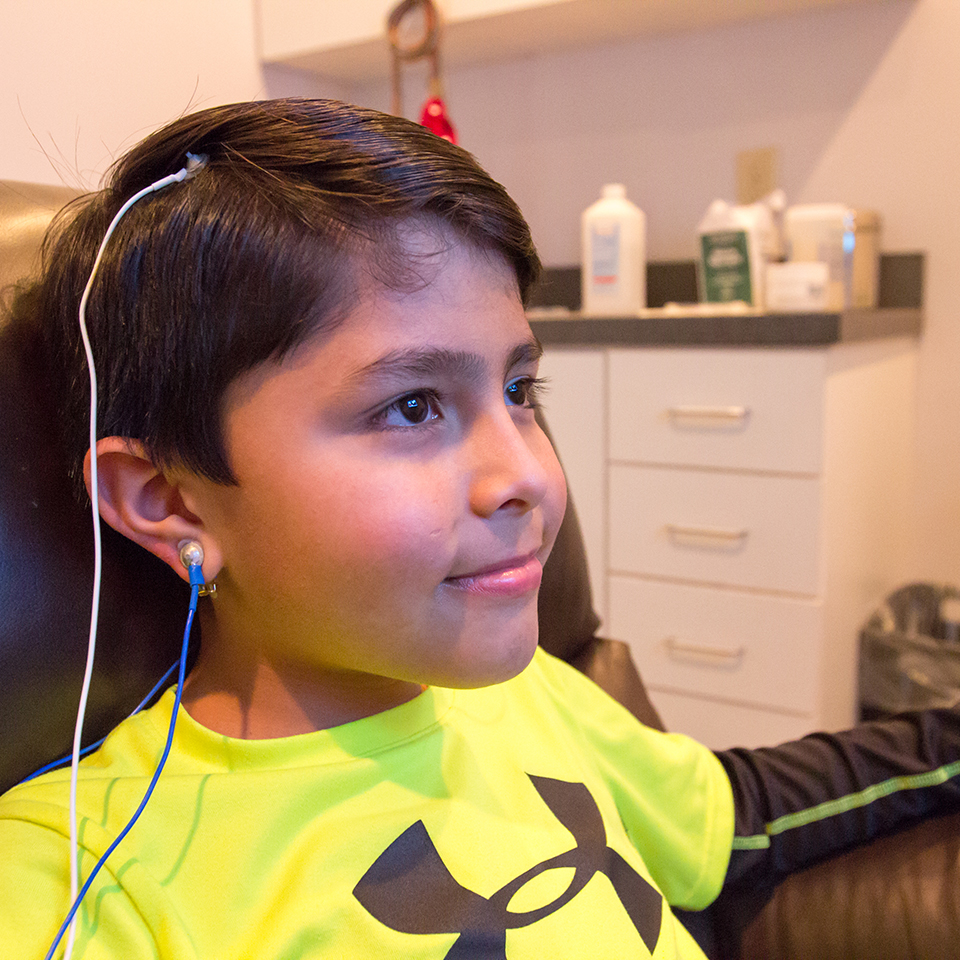Revealing the Secrets of the Mind Through Quantitative EEG Cerebral Mapping in Psychological Health Evaluation
Revealing the Secrets of the Mind Through Quantitative EEG Cerebral Mapping in Psychological Health Evaluation
Blog Article
Comprehending the individual brain is a complex endeavor, particularly when it pertains to psychological health. Conventional methods of assessment frequently depend on conversations and questionnaires, which can sometimes miss crucial aspects about how the mind operates. This is where quantitative electroencephalography, or qEEG, comes into play. qEEG is a specific method that measures neural activity in the cerebrum. By analyzing these brainwaves, psychological health experts can gain valuable understandings into a person's mental condition, helping to improve diagnosis and intervention.
qEEG functions by applying small sensors on the scalp to capture neural activity. These sensors measure neural signals produced by nerve cells, the units in the brain that communicate with one another. The information collected is then processed and displayed as a series of patterns. Each type of brainwave—such as α, β, δ, and theta—relates to various mental states and functions. For instance, alpha oscillations are commonly associated with calmness, while β oscillations are associated to active thinking and issue resolution. By analyzing these patterns, clinicians can detect irregularities that may indicate mental health issues.
One of the major advantages of qEEG is its capability to offer unbiased data. Unlike traditional assessments that depend on personal reports from patients, qEEG offers a clear view of brain activity. This objectivity can help minimize prejudices in assessment and result to more precise treatment plans. For instance, if a patient is facing stress, qEEG can show particular patterns of brain function that are linked with stress conditions. This data enables mental health professionals to tailor interventions more efficiently, whether it be through counseling, pharmaceuticals, or alternative treatments.
Moreover, qEEG can be especially beneficial in tracking intervention advancement. By performing qEEG evaluations at various stages during therapy, clinicians can track changes in brain activity over period. This ongoing assessment assists ascertain if a intervention is working or if modifications are required. For instance, if a patient is not responding to a particular medication, qEEG may show that their brain activity has not altered in a manner that suggests improvement. This feedback cycle can result to more personalized and effective mental health care.
In conclusion, qEEG cerebral mapping is a potent instrument in the domain of psychological health evaluation. By providing unbiased data about brain activity, it enhances the understanding of various mental health conditions. This method not only assists in precise assessment but also assists in tracking treatment success. As mental health professionals persist to investigate the capabilities of qEEG, it possesses promise for improving the lives of individuals facing mental health challenges. With ongoing research and advancements in review technology, the mysteries of the brain may become clearer, resulting to better results for those in requirement of support.